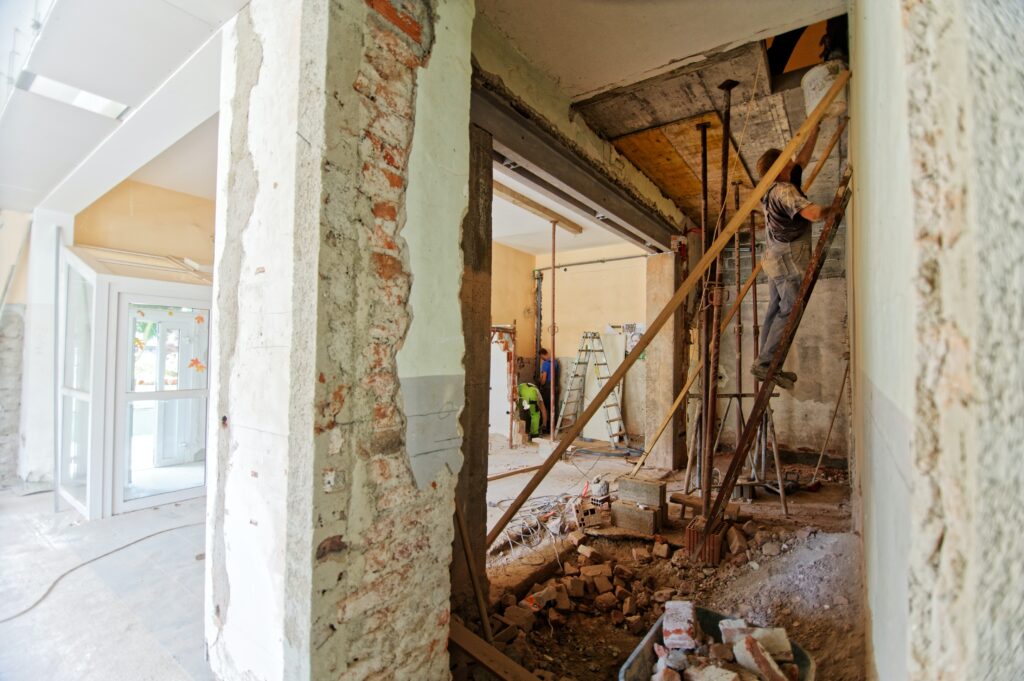Dilapidations Guide: Landlords

All dilapidations disputes can ultimately end in court. It is therefore important to protect your position in the event that you eventually commence proceedings so you should take advice early. How important is timing? Before the end of the lease you may need to serve Notices on your tenant in order to oblige them to […]
Dilapidation Guide: Tenants

As a tenant, you may be able to challenge the landlord’s list of required repair work (referred to as a schedule of dilapidations). To be in a strong position to mount a challenge, you need to consider the dilapidations question right at the outset, with the help of your building surveyor, before you sign a […]
Top 10 Dilapidations Facts

A schedule of dilapidations records the works required to be done to a property in order that it is put into the physical state the property should have been put in if the tenant had complied with its covenants or obligations contained within the lease of the property.
Landlords – need to be sure that they get the best advice and practice to avoid drawn-out expensive settlements.
What are the different ways a lease can end?

There are various ways in which a lease can end. The appropriate method of termination depends on several factors including whether the lease has the protection of the Landlord and Tenant Act 1954, which party wants to bring it to an end, whether the lease is coming to its contractual end or one party wants […]









